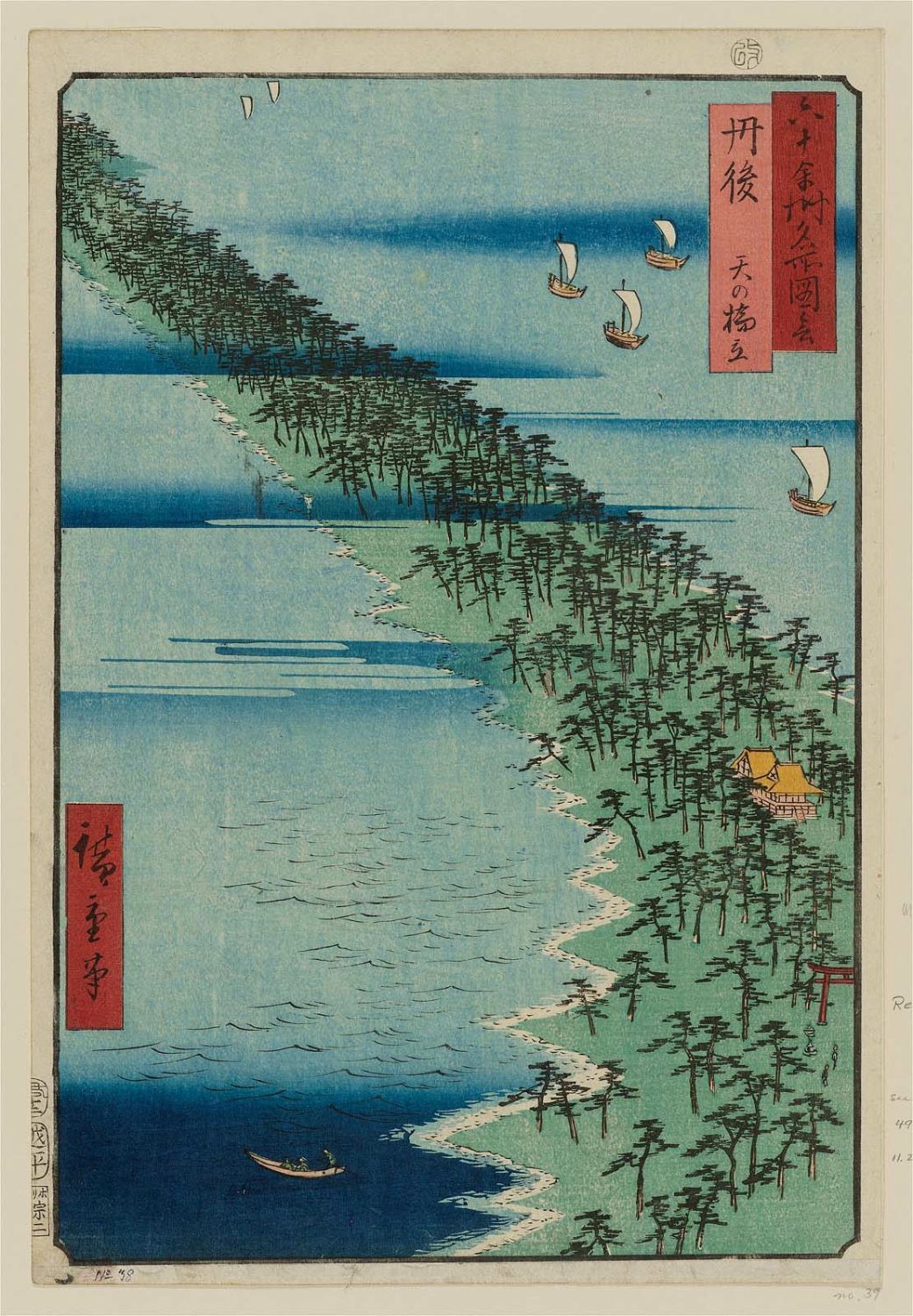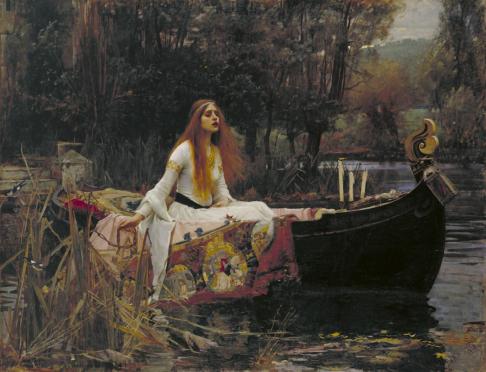“Rain down alienation
Leave this country
Leave this country….”
(Manic Street Preachers, Love’s Sweet Exile)
 Henri Rivière, Funeral Under Umbrellas, 1895, etching
Henri Rivière, Funeral Under Umbrellas, 1895, etching
Rain has many faces. It is different in every season and in every place; spring rain is exhilarating, summer rain can be exciting and when you get drenched to the bone in July there is nothing that makes you feel more alive, whilst rain in November makes you wanna be – not alive anymore because it’s so depressing. Spring rain in the countryside can be so dreamy, when afterwards the grass is wet and the blossoms of the apple trees are dotted with rain drops and the air smells divine. Rain in the city can be depressing on a grey February day, but it can be also be magical in April when the pavements at night glisten in the light of streetlamps and streets are empty. Rain is two-faced and tricky because it can convey so many different moods and is equally hard to capture it in art, for how do you capture something quick and fleeting? A rain drop falls on the ground before you know it and how do you capture its fall. Other motifs can indicate its presence in the painting, such as umbrellas, puddles and ripples one the surface of a puddle, river or a lake, but rain itself is tricky to paint and throughout art history it wasn’t such a common motif.
At last, in the second half of the nineteenth century, led by the Impressionists’ desire to capture the nature and the fleeting moment, rainy days have found their place in paintings. Renoir’s painting “The Umbrellas” is the first that comes to mind when I think of rainy days in art and it is my favourite by Renoir, I just love the bustle of the street and all the blue umbrellas, and also it reminds me of the video for the song Motorcycle Emptiness by the Manic Street Preachers shot in rainy streets of Tokyo with many colourful umbrellas. Another stunning example of rainy day in art is Henri Rivière’s etching “Funeral Under Umbrellas”, c 1895, which was heavily influenced by Japanese art and when I first saw it, for a second I thought it was indeed a Japanese print. It is simple but atmospheric.

Pierre-Auguste Renoir, The Umbrellas, 1883
There are three key artistic elements borrowed from Japanese prints that Rivière used in this painting; firstly the obvious flatness of the surface, secondly, the use of diagonal composition which makes the painting seem dynamic and it beautifully takes our eyes on a trip from the first dark silhouette with an umbrella all the way to the carriage in the background, there’s also a dynamic play of empty space on the left with the space full of figures on the right half of the painting, thirdly the way rain is painted in diagonal lines falling from right to the left part of the painting, that is exactly how rain is depicted in so many Ukiyo-e prints and it is really stunning. I like the philosophy behind such portrayal of rain; real world is one thing and art is another world for itself and so why portray something exactly like it is in nature if you can come up with a new pictorial language for the world of art.
Rain looks one way in real life, but in Ukiyo-e prints rain is a bunch of diagonal lines and it works wonderfully. You can see that in Utagawa Hiroshige’s print “Mimasaka Province: Yamabushi Valley”; the lines representing rain are even thicker and stronger than Riviere dared to make them. In Ando Hiroshige’s print you can see the diagonal composition similar to the one in Riviere’s etching. Also, the fact that Riviere didn’t paint this oil on canvas but made an etching also shows an interested in Japanese art because the effect is similar whereas oil on canvas is something Japanese artists wouldn’t use.

Utagawa Hiroshige, Mimasaka Province: Yamabushi Valley (Mimasaka, Yamabushidani), from the series Famous Places in the Sixty-odd Provinces [of Japan], 1853

Ando Hiroshige, Ama-no Hashidate in the province of Tango, 1853-56



One Response to “Henri Rivière – Funeral Under Umbrellas”